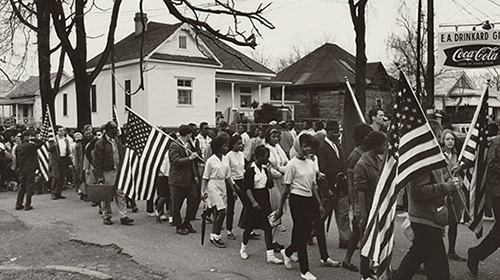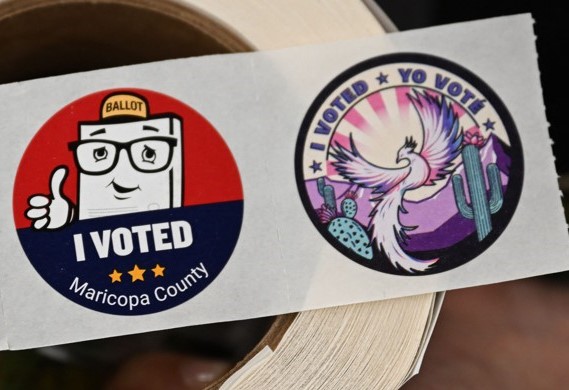
This piece was originally posted on
Just days before the 50th anniversary of the Voting Rights Act, we completed a three-week trial challenging North Carolina’s sweeping anti-voter law.
In 2013, soon after the U.S. Supreme Court struck down Section 4 of the Voting Rights Act ‚ÄĒ and with it, the preclearance protections of Section 5 ‚ÄĒ North Carolina passed an election law shocking in its lack of a valid purpose and its extensive abridgement of citizens‚Äô right to vote. The challenged provisions of the law reduced the number of days for early voting, eliminated same-day registration, and prohibited out-of-precinct Election Day voting.
Cumulatively, the law is one of the most repressive elections bills seen in decades. The law exemplifies a ‚Äúsecond generation‚ÄĚ barrier to voting. It created broad, structural impediments to electoral participation, in part on the basis of race, and will likely impact hundreds of thousands of voters in the upcoming presidential election.
In the pre-2013 world, the law would not likely have survived Section 5 preclearance, and thus would never have been implemented. But the absence of Section 5’s protection has created a severe disadvantage for voters challenging state’s vote denial measures. Our lawsuit, filed the day the law was implemented, illustrates some of the obstacles to protecting voting rights in the post-Shelby era.
Section 2 of the Voting Rights Act’s prohibition on racial discrimination is one of the remaining tools to protect the franchise, but it requires that litigation take place after a law has already gone into effect. As such, the advantages of time and inertia have shifted back to the perpetrators of voter suppression and away from its victims. Section 2 cases are fact intensive, time-consuming, and resource-intensive undertakings. With constant election cycles, there is no guarantee that the legality of state election laws will be determined before voters are irreversibly disenfranchised.
The 2014 federal election provides numerous examples.
In late 2014, we saw rapid-fire orders by the U.S. Supreme Court, instructing the 6th, 4th, 7th, and 5th Circuits to put election-related decisions on hold until after the election. Over the course of three weeks, the U.S. Supreme Court made four determinations that affected voting rights in key federal elections. On September 29, 2014, the court stayed an Ohio district court decision, upheld by a 6th Circuit appeals panel, enjoining the state’s cuts to early voting. The following week, on October 8, the court stayed the 4th Circuit mandate to reinstate same-day registration and out-of-precinct voting, after the district court declined to enjoin the practices. The next day, the court vacated the 7th Circuit’s stay of a Wisconsin district court’s permanent injunction of the state’s strict voter ID law. On October 18, the Court denied applications to vacate the 5th Circuit’s stay of a decision enjoining Texas’s voter ID law.
To recap: Ohio went forward with its elimination of a week of early voting, despite the 6th Circuit’s approval of the district court’s finding that it violated Section 2. North Carolina went forward with its prohibition on same-day registration and elimination of out-of-precinct voting, despite the 4th Circuit’s finding that it likely violated Section 2, and Texas implemented its strict voter ID law, despite the district court’s finding of both a Section 2 violation and unconstitutional intentional discrimination on the basis of race. Because Section 2 litigation begins only after a law goes into effect and takes substantial time, voters lost significant protection of their fundamental rights immediately before a key election. With elections, there are no do overs.
State legislators tinkering with the very process from which they draw their authority should give us all pause. By definition, election laws are passed by legislators who stand to benefit from them. As a result, the fundamental right to vote requires stringent judicial protection. As voters continue to seek protection for their fundamental rights in court, Congress must honor the fearless commitment to equality of those who crossed the Edmund Pettus Bridge and restore the power of the Voting Rights Act.



